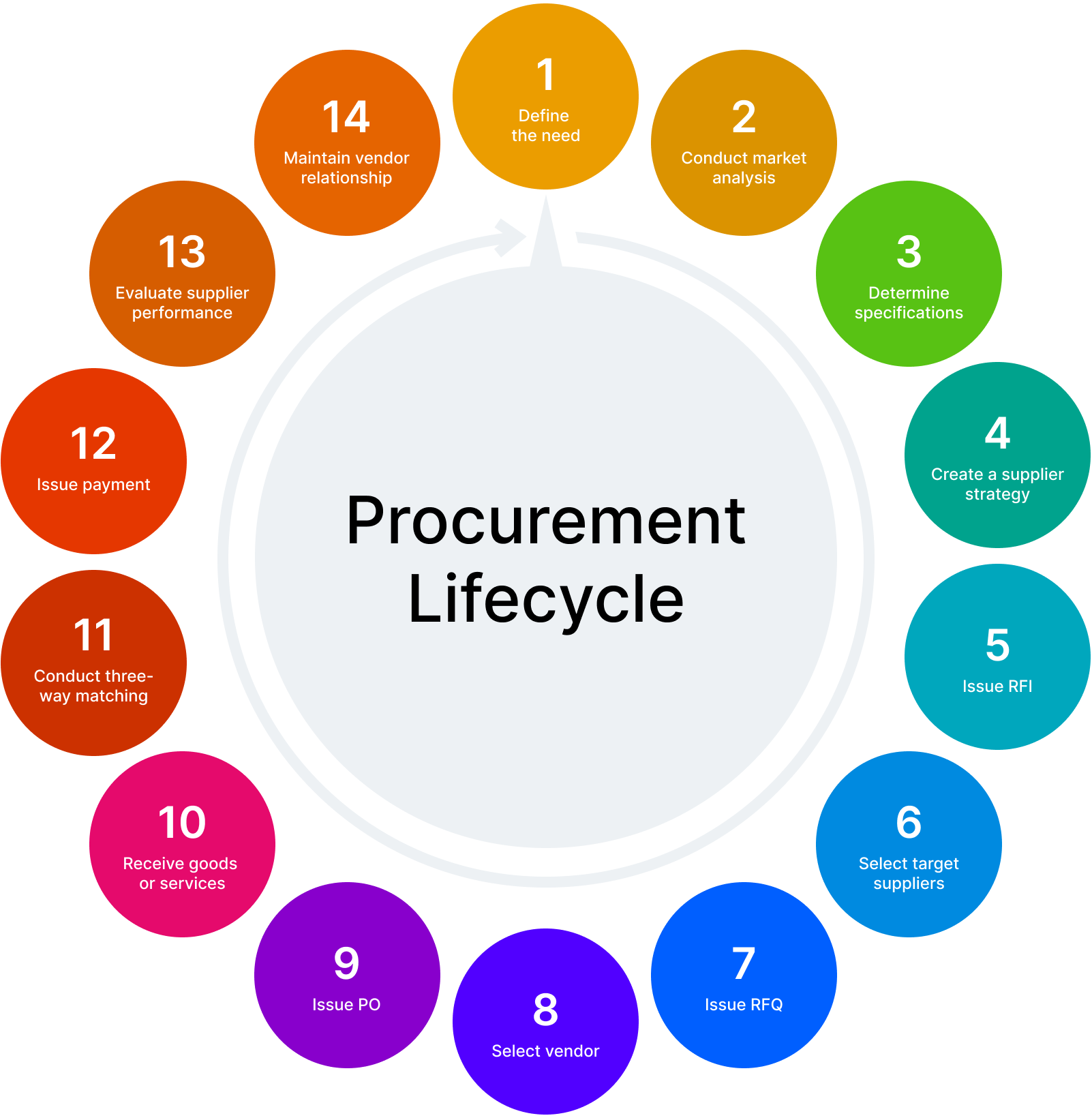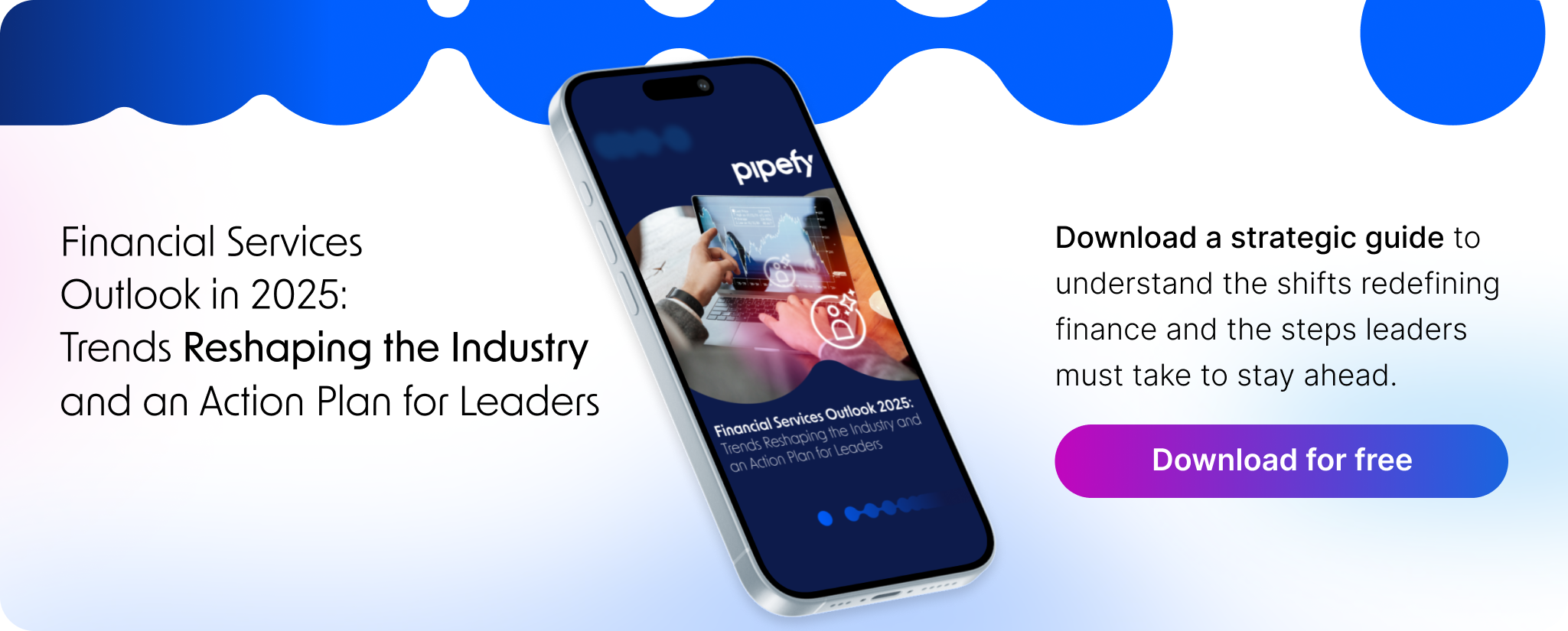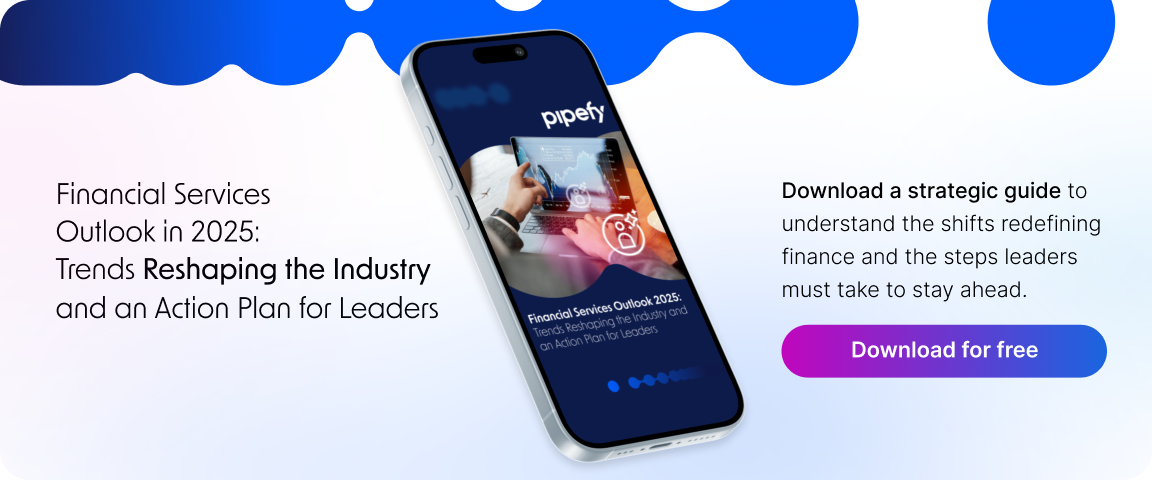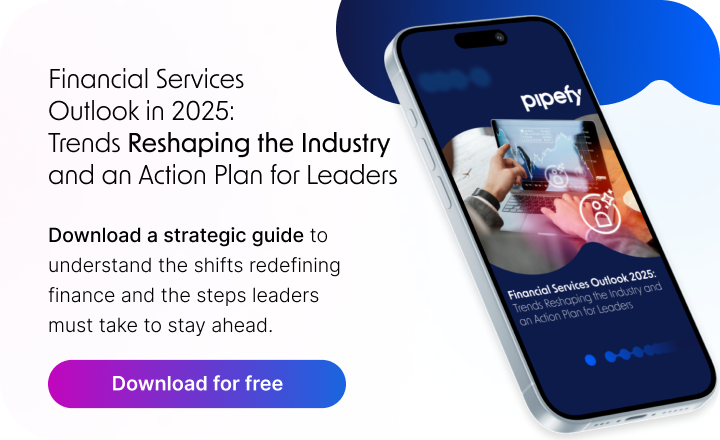
Last reviewed and updated by Team Pipefy on .
Procurement is one of the most critical processes in any business. It’s also one of the most complex. Effective (and efficient!) procurement ensures that materials, supplies, and labor are available to help the business meet its goals. But procurement is also about vendor relationship management, preventing avoidable costs, and handling a high volume of incoming purchase requests.
If you have questions about the procurement life cycle, then this guide is for you. We’ll walk you through each of the different stages of procurement, to help you understand what all goes into procurement, and how to identify opportunities to improve your procurement efficiency.
Let’s begin with an overview.

Build a better connected procure-to-pay process with the Definitive Guide to P2P Optimization
Procurement cycle definition
The procurement cycle (or lifecycle) is the sequence of activities that unfold in order for a business to obtain the materials, software, labor, and services required to achieve its goals. It begins with the identification of a need and get completed when the need is met, payment is issued, and the quality of the goods or services procured has been determined.
Is the procurement cycle the same for all businesses?
The procurement lifecycle will not look the same for every business. The different steps in the procurement cycle will reflect the unique structure, processes, and policies of each individual business. Despite these variations, there is a common blueprint that most procurement cycles will follow.
5 primary phases of the procurement cycle
Below, we will look more closely at each stage of the procurement lifecycle. For now, let’s look at the five primary phases of procurement. Each stage falls into one of these primary phases.
- Phase 1: Defining needs
- Phase 2: Supplier selection
- Phase 3: Order management
- Phase 4: Purchase evaluation
- Phase 5: Supplier management
Phase 1: Defining needs
During this initial phase of the procurement cycle, the focus will be on determining what is needed — and when. For most procurement teams, this phase begins when a purchase request is received. Learn more about purchase requisitions.
Phase 2: Supplier selection
In the second phase of the procurement cycle, the procurement team must decide which supplier they want to purchase from. Typically, procurement teams will create a list of potential suppliers who meet the business’ vendor requirements, and then invite them to bid on the purchase. Once a good fit is established, the procurement team issues a purchase order.
Phase 3: Order management
After a purchase order is issued, the order management phase begins. Initially, this includes tracking the order status to ensure that it arrives on time. Once received, the goods or services supplied will be documented through a process like three-way matching to ensure that what was received is what was ordered. This helps the accounts payable team issue prompt (and accurate!) payments.
Phase 4: Purchase evaluation
Determining whether the goods or services provided by the supplier met expectations is the next phase. Goods and services will be evaluated for quality, delivery, and effectiveness in helping the business meet its goals. The insights from this phase of the procurement lifecycle will inform future procurement strategy.
Phase 5: Supplier management
Finally, the procurement team will determine if they want to use the supplier again, or if they want to look for alternatives. Maintaining supplier relationships is an important part of the procurement cycle, as these relationships may impact future prices and quality of service.
Learn how AI contributes to productivity gains by turning procurement insights into faster, smarter decisions.
14 stages of the procurement cycle
Now that we’ve painted the procurement life cycle in broad strokes, let’s zoom in to see what happens within each of these phases.
| Defining needs | 1. Define the need 2. Conduct market analysis 3. Determine specifications |
| Supplier selection | 4. Create a supplier strategy 5. Issue RFI 6. Select target suppliers 7. Issue RFQ 8. Select vendor |
| Order management | 9. Issue PO 10. Receive goods or services 11. Conduct three-way matching 12. Issue payment |
| Vendor management | 13. Evaluate supplier performance 14. Maintain vendor relationship |
1. Define the need
Understanding that your business needs something— and knowing when it needs it — is the catalyst that kicks off the procurement cycle. Most procurement teams rely on incoming purchase requests from across the organization to help them identify these needs. These requests are also known as purchase requisitions.
Purchase requests should be standardized (including the same information each time) and they should be streamlined into a single source, especially when purchase requests can be submitted through a variety of formal and informal channels. For example, when the procurement team receives requests through a standardized form versus a request sent through email.
Purchase requests typically require approval from a purchasing manager and/or department leader. Learn more about purchase requisition approvals.
Remember: when it comes to incoming purchase requests, the more detail the better. This will make the next few steps much easier, and ensure that the procurement is looking for exactly what is needed.
2. Conduct market analysis
Your market analysis is the research you need to do in order to make an informed purchase. This research will include looking more closely into the need that’s been identified, the options available to meet the need, and the estimated cost to meet the need.
3. Determine specifications
Now that the need has been identified and you’ve done some market research, it’s time to drill down into the specifics of what you want to purchase. If it’s materials, then things like composition, size, and quantity will be key. If what you are sourcing is labor, then you’ll need to determine the skill set the person(s) will need, as well as the hours and type of work they will be doing.
In case it’s software, then the specifications will need to define capabilities, features, and integrations. Other services will have requirements of their own.
4. Create a supplier strategy
In many cases, procurement teams will have a variety of options when it comes to the supplier for what they need to purchase. To manage the next stages of the procurement cycle, it will help to have a supplier strategy in place.
The supplier strategy will try to answer questions like these:
- How many suppliers will you consider?
- What is the timeline for negotiating and awarding the contract?
- Which types of suppliers are likely to meet the business’ criteria?
- With which suppliers do you have an established relationship?
- For new suppliers, what is their reputation?
5. Issue RFI
An RFI (request for information) is the first step in supplier selection. In this stage, the procurement team invites potential vendors to share critical information that can help determine whether or not they are a good fit.
Learn more about RFIs.
6. Select target suppliers
Based on the responses to the RFI and other criteria, the procurement team will narrow its list of potential suppliers in order to focus on those who are the best fit for the need. Criteria may include ability to deliver within a specific time frame, capacity, or alignment with company policies, values, or compliance requirements.
7. Issue RFQ
Suppliers who meet the initial requirements will be invited to submit a quote. This is essentially a competitive bid process that the procurement team can use to determine which supplier meets quality and quantity criteria and can deliver the goods or services within budget.
Learn more about RFQs.
8. Select vendor
After all quotes are received, the procurement team will decide which vendor they want to award the contract to.
9. Issue PO
Once the vendor is selected, the procurement team will issue a purchase order for the materials, services, or labor they are sourcing. A purchase order is a formal document that defines all the specifications of the purchase.
Learn more about the purchase order process.
10. Receive goods or services
Materials, goods, or services purchased will be delivered to the purchasing party. The delivery will be accompanied by a packing slip or another document that should be checked for accuracy against what is received. This is an important step in the procurement life cycle and it constitutes one part of the three-way matching process.
11. Complete three-way matching
After the goods or services have been delivered, the supplier will issue an invoice to the buyer. This invoice will be compared to the original purchase order and the delivery receipt to ensure accuracy and avoid overpaying.
12. Issue payment
If the three-way matching process is a success and the invoice is approved, the buyer will issue payment for the purchase. Often, the terms and conditions of the purchase will allow for discounts if payments are made early. The terms may also specify late fees or other penalties if payments are made late.
Learn more about the accounts payable process.
13. Evaluate supplier performance
Once the purchase transaction is complete, the procurement team will review the purchase and their experience with the vendor. At this stage of the procurement cycle, the focus is on determining if the vendor met the requirements and if the goods or materials supplied met expectations.
14. Maintain vendor relationship
If the procurement team decides to work with the vendor in the future, they will note that the vendor is a preferred partner and maintain contact with them in anticipation of future purchases. If the procurement team is unsatisfied with the vendor’s performance or the quality of the goods or services supplied, they may choose to look for other suppliers for future needs.
Optimize your procurement lifecycle with Pipefy
Procurement cycles can be complex. They involve a variety of tasks, activities, and workflows, all of which can be optimized with artificial intelligence and coordinated to avoid unnecessary manual work, delays, and data silos that make procurement more complicated than it needs to be.
Pipefy helps procurement teams centralize and automate these workflows in order to create a unified and cohesive procurement lifecycle. Pipefy’s visual interface empowers procurement teams to build, modify, and automate their processes, no coding required, integrating and automating your processes with AI to to close gaps and make collaboration easier.










